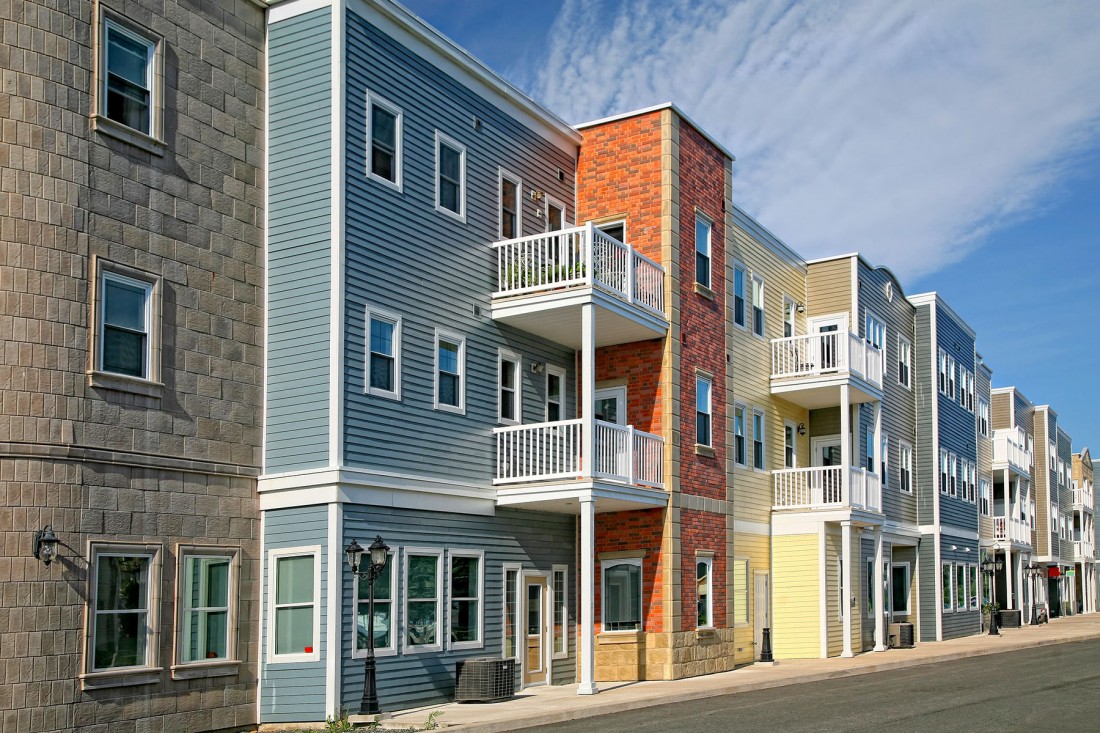Affordable Housing in NC – The Challenge and Promise
The affordable housing issue is more complicated than finding a home. Recent studies highlight the link between a lack of safe, affordable housing and the impact that substandard housing has on residents’ health, particularly asthma cases in young children. North Carolina faces a shortage of affordable housing, so many North Carolinians live in substandard housing that impacts their wellbeing. A Greensboro community seeks innovative ways to bring community partners together to address these challenges. Watch our PBS NC ncIMPACT Town Hall series episode on this topic by clicking the link at the end of the blog.

THE CHALLENGE
Finding safe and affordable housing is a challenge that faces many in our nation. Those who lack the resources to afford safe housing are forced to reside in substandard housing, which creates one or more safety hazards for its occupants. Current nationwide statistics indicate that 35 million homes place their occupants at risk. The National Center for Healthy Housing completes an annual survey that attempts to diagnose housing by determining a dwelling’s health based on twenty key factors in a home that influence an occupant’s wellbeing. These include pest infestations, structural damage, and appliance safety concerns. Many of these factors are key contributors to infectious diseases, asthma, allergies, accidents in the home, and even deaths. The Healthy Homes Initiative (HHI) of the US Housing and Urban Development Department (HUD) estimated in 2009 that 21% of asthma cases in the United States arise from dampness and mold indoors.
HUD addresses Congress annually with a report to provide updates on the nation’s housing trends titled, “Worst case Housing Needs”. This report defines worst case needs as when an individual: receives no government housing assistance, is designated as very low income (making 50% or less than the area’s median income), and is a renter.
In 2017, HUD estimated that 7.72 million American homes had worst case needs (meet all of the criteria above). Of all very low-income renters in the United States, the South has the largest portion of worst case needs cases as well as the lowest amount of government housing assistance. According to HUD’s 2017 analysis, the majority of worst-case needs arise from severe cost burden (95% of cases) and 5% arise from severely inadequate housing coupled with severe cost burden. Severe cost burden is when an individual pays more than 50% of their income to rent and utility payments. Severely inadequate housing has at least one serious physical problem related to either: heating, plumbing, electrical systems, or maintenance.
National Low Income Housing Coalition’s Gap Report estimates that North Carolina has 347,275 extremely low-income renter households, but only 156,365 affordable and available rental units. That represents a shortage of 182,643 affordable rental units for very low-income families in North Carolina. Framed another way, there are only 43 available rentals for every 100 extremely low-income renter households. This shortage causes many individuals to reside in homes with worst case needs or classified as substandard. Substandard housing creates serious consequences as it poses health risks to its occupants, namely asthma.
THE SOLUTION
Addressing the issue of substandard housing requires a multi-modal, cross-sector spanning, effort that deploys expertise from multiple levels. One such effort is Cottage Grove Collaborative in Guilford County, North Carolina. This Greensboro neighborhood, also named Cottage Grove, has been plagued with substandard housing for years that affects the health of young residents. The Collaborative is, “committed to the transformation of health, equitable community development, and inclusion of cultural diversity” and aims to increase community health through housing measures. The Collaborative followed a similar effort in Atlanta’s East Lake Community called Purpose Built Communities (PBC). This model hinges on the principle that tackling any single aspect of struggling neighborhoods is not enough to help the whole neighborhood. PBC employs a three-pronged approach of mixed-income housing, cradle-to college education pipelines, and community wellness.
The Greensboro City Council tackled the city’s affordable housing issue by adopting a city-wide 10-year housing plan. This plan has four main goals: to provide more affordable rental homes, reinvest in neighborhoods, provide greater access to homeownership, and provide supportive housing. These four goals will be achieved by completing five action items listed in the plan: 1) Identify various funding sources totaling an additional $50 million over the next 10 years, 2) Establish working groups with both private and philanthropic partners to implement housing tools, 3) Facilitate intergovernmental coordination and collaboration, 4) Confirm a timeline and performance metrics (to be reported with progress twice a year, and 5) Design a community education and awareness campaign.
THE PLAYERS
Collaborative Cottage Grove involves many community partners in Greensboro and Guilford County to accomplish its mission. Mustard Seed Community Health, Cone Health, The University of North Carolina at Greensboro’s Housing and Community Studies Center, NC A&T’s State University Cooperative Extension, and the Greensboro Housing Coalition are among some of the many partners involved in the Collaborative.
THE PROMISE
Professor Stephen Sills at the University of North Carolina at Greensboro’s Center for Housing and Community Studies researches the health effects of substandard housing. His team recently received the InvestHealth grant, a stipend that will allow the team to continue researching why low-income children disproportionately experience asthma cases and links to substandard housing.
The University of North Carolina at Greensboro’s Center for Housing and Community Studies also implemented the Cottage Grove Resource Center in 2019. This center provides after-school programs to children between the ages of five and twelve during the school year and summer months, three days a week. Since its creation, the Cottage Grove Resource Center enrolled children from fifteen Cottage Grove community families. The center utilizes community partners to provide tutoring for students, a nursing clinic formed by nursing students that provides residents with health checks, physicals, and referrals, as well as mental health workshops provided by Mustard Seed Community Health Clinic.
The Town Hall
Watch our PBS NC ncIMPACT Town Hall series on this topic and more by clicking this link.



